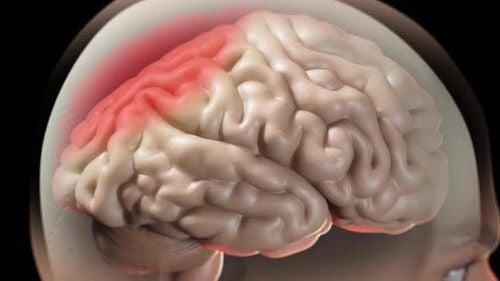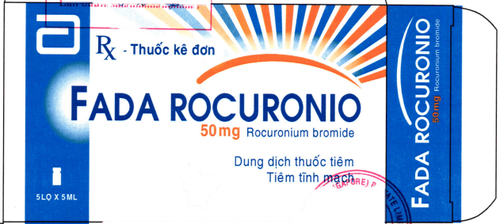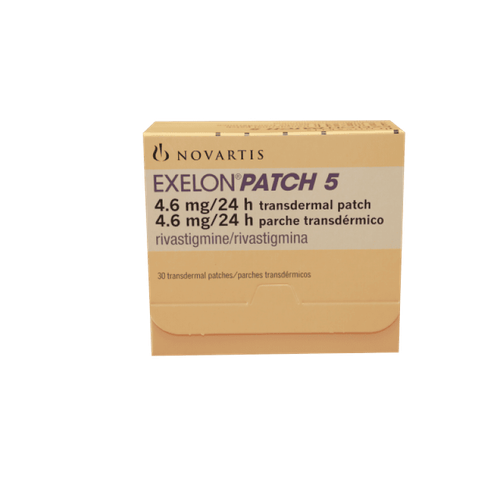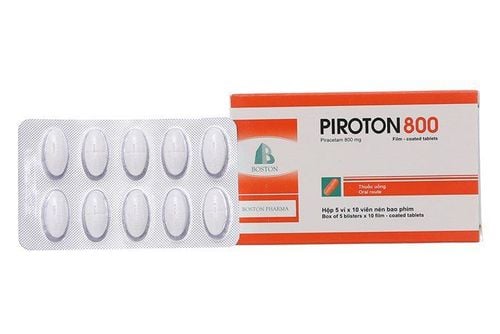This is an automatically translated article.
Open the skull cap for prophylactic decompression in patients with increased intracranial pressure is a very useful measure, helping to improve function and survival rate for patients.
1. What is increased intracranial pressure?
One of the main causes of death in stroke patients is brain herniation due to increased intracranial pressure. In some cases, large-scale and malignant cerebral infarction, brain parenchyma will be necrotic leading to large-scale cerebral edema, large mass effect, increased intracranial pressure, so the patient will have cerebral ischemia. brain herniation.
This is a common complication in both trauma and neurosurgical pathology. There are many methods to treat raised intracranial pressure such as surgery, medical treatment...
Surgical method of craniotomy and decompression is an important treatment method to decompress to avoid complications of hernia. brain in increased intracranial pressure; at the same time markedly improve the mortality rate in stroke patients.
However, for this method, at any age, opening the skull cap and decompressing increases the rate of disability for the patient.

Mở nắp sọ là một trong những phương pháp điều trị tăng áp lực nội sọ
2. Cranioplasty to decompress in increased intracranial pressure
2.1. Indications and contraindications Indications for craniotomy to decompress increased intracranial pressure in the following cases:
Patient age from 18 to 70. Large area cerebral infarction in middle cerebral artery blood supply area Increased pressure intracranial within 48 hours; The patient did not have dilated pupils or had dilated pupils but responded to mannitol. Glasgow < 9 points; with midline compression on CT. No visceral bleeding; no skull reconstruction within 6 weeks to 6 months. Family consent must be obtained when weighing the benefits of survival and accepting disability sequelae. This method is contraindicated in addition to those mentioned above.
2.2. Steps to carry out surgery Step 1: Clean the surgical area; put a nasogastric tube, urinary catheter...; clinical and paraclinical examination of patients. Step 2: Prepare the neurosurgery kit; drill machine, consumable cutting bits attached; hemostatic material; artificial sclera; pressure drainage; thread; means of resuscitation in surgery... Step 3: Craniotomy: To open the half of the skull, use the large question mark-shaped opening, the T-shaped opening can be used to protect the occipital artery. Drill many holes in the skull and then use the craniotome to remove the skull cap, the diameter of the skull cap is at least 12 cm. Suspend the dura around the cranial opening to avoid complications of an epidural hematoma. The size of the cranial opening is large to prevent complications of cerebral infarction and bleeding from the brain, and to leave enough room for the brain to escape outside the skull.

Chuẩn bị bộ dụng cụ trước khi tiến hành phẫu thuật
Step 4: Take a knife, make an incision in the temporal line on the place where the temporal muscle is attached, then remove the forehead fascia, take the forehead fascia. Then, use the elevator to separate the temporal muscle from the skull and remove the temporal muscle. Step 5: Drill at least 4 holes with the most important hole at the base of the butterfly. The 2nd hole is just anterior to the pinna on the base of the zygomatic arch, the 3rd hole is 2 cm above the midline. Then, using a craniotomy tool, separate the dura and use a drill to cut the skull from the foramen sphenoid. Then use Goose to gnaw the temporal bone as close to the base of the skull as possible. Step 6: Open the dura as much as possible, open the star or C shape... Step 7: Create the dura with the temporal fascia, suture the dura, suture the muscle, place drainage, close the skin 2 layers to close the incision. Vinmec International General Hospital with a system of modern facilities, medical equipment and a team of experts and doctors with many years of experience in neurological examination and treatment, patients can completely rest in peace. examination and treatment center at the Hospital.
To register for examination and treatment at Vinmec International General Hospital, you can contact Vinmec Health System nationwide, or register online HERE.
SEE MORE
Signs of increased intracranial pressure Diagnosis and treatment of raised intracranial pressure Is increased cranial pressure dangerous?













